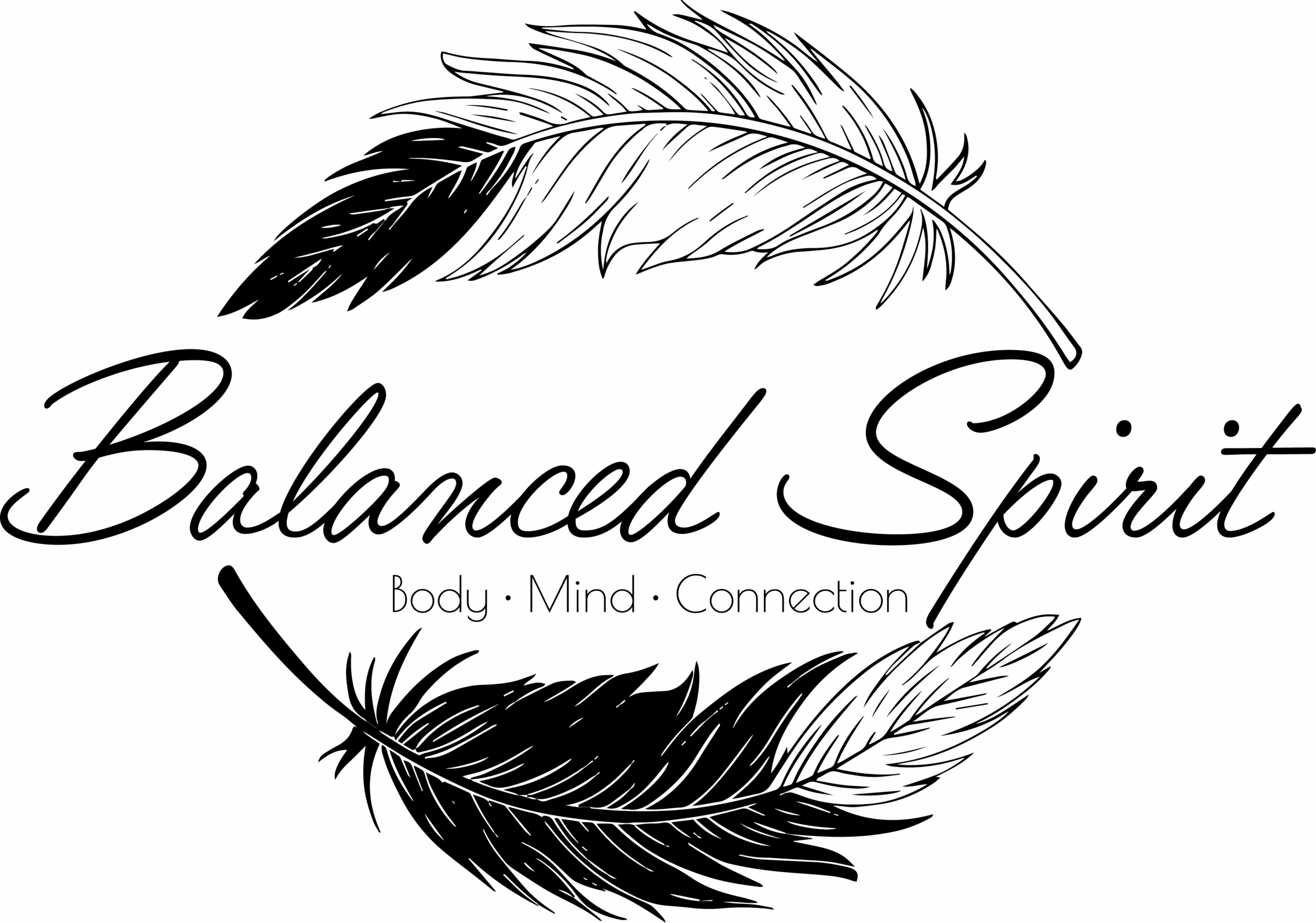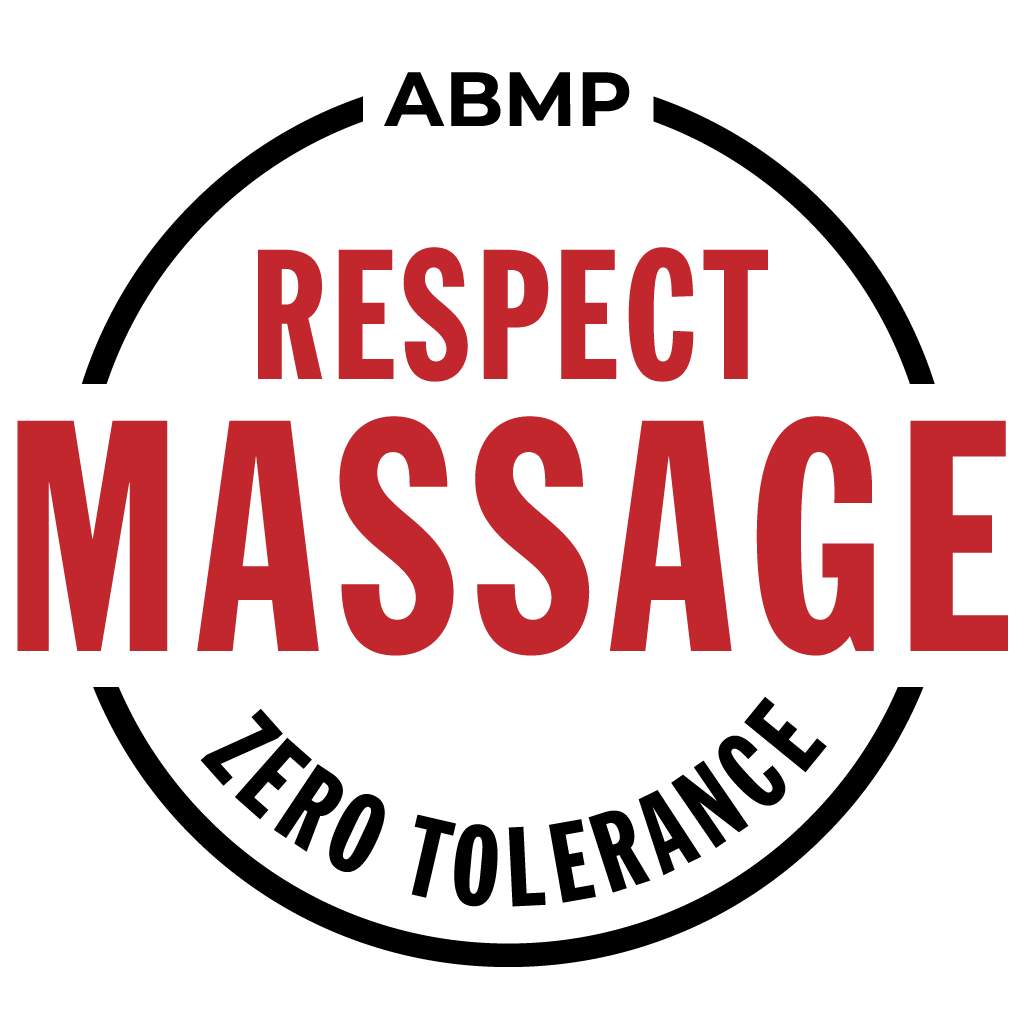Discovering Reiki: What Is It and Why People Learn It
More and more people are turning to Reiki—not just for healing, but for clarity, balance, and a deeper connection to themselves. Whether you’re navigating emotional challenges, managing stress, or simply feeling the pull toward something more meaningful, Reiki offers a gentle yet powerful path forward.
What draws someone to learn Reiki often begins as a quiet curiosity or a deep inner nudge. Some feel called to it after receiving a session that left them feeling calm and uplifted. Others are drawn to the idea of self-healing or want to offer comfort and care to those around them. Whatever the reason, the desire to learn Reiki often comes at exactly the right time—when you’re ready for growth, healing, or transformation.
What Is Reiki?
Reiki (pronounced RAY-kee) is a Japanese energy healing technique developed by Mikao Usui in the early 20th century. The word Reiki comes from two Japanese words: “Rei,” meaning universal or spiritual wisdom, and “Ki,” meaning life force energy. Together, Reiki can be translated as “spiritually guided life force energy.”
Reiki is based on the idea that this life force energy flows through all living things, and when our energy is low or blocked, we are more likely to experience illness, stress, and emotional imbalance. When it flows freely, we are more likely to feel healthy, calm, and connected.
Practitioners of Reiki channel this energy through their hands, either by lightly placing them on or hovering just above the body. The energy goes where it’s needed, helping to release blockages, restore balance, and support the body’s natural healing processes.
Why Do People Learn Reiki?
While many people first experience Reiki as a recipient—perhaps in a session to reduce stress or complement medical treatment—there often comes a moment when something shifts. They start to wonder, “Could I learn to do this too?”
Here are some of the most common reasons people decide to learn Reiki for themselves:
1. Personal Healing
Many people are drawn to Reiki during times of emotional or physical distress. Whether it’s anxiety, chronic pain, grief, or burnout, Reiki can offer deep comfort and healing. Learning how to give Reiki to yourself is empowering—it puts the tools of healing directly into your own hands. Daily self-Reiki becomes a way to center yourself, soothe your nervous system, and support your emotional well-being.
2. Spiritual Growth
Reiki isn’t tied to any religion or dogma, but many who learn it describe feeling a deeper connection to something greater—whether that’s Spirit, Source, the Universe, or simply their higher self. Reiki helps quiet the noise of everyday life and opens the door to inner wisdom, intuition, and peace. The more you practice, the more your inner world begins to shift.
3. Helping Others
Some people are called to Reiki out of a desire to help others—friends, family, clients, or even pets. Whether you’re a parent soothing a child’s fears, a caregiver offering comfort to a loved one, or a wellness practitioner adding Reiki to your services, learning Reiki allows you to share healing in a loving, non-invasive way.
4. Stress Relief and Self-Care
Reiki is a powerful tool for managing stress, anxiety, and overwhelm. In today’s fast-paced world, learning how to give yourself and others calming Reiki energy is a gift. Students often report better sleep, improved focus, and an increased ability to handle life’s challenges with grace. For many, it becomes an essential part of their self-care routine.
5. Curiosity and Intuition
Sometimes people can’t explain exactly why they’re drawn to Reiki—they just feel called to it. There’s a quiet inner nudge, a curiosity that won’t go away. That’s intuition speaking, and Reiki helps strengthen that connection even more. Learning Reiki can feel like “coming home” to a part of yourself you didn’t know you were missing.
Who Can Learn Reiki?
One of the beautiful things about Reiki is that anyone can learn it. You don’t need any prior experience with healing work or spirituality. You don’t have to be a massage therapist, yoga teacher, or energy worker. You don’t even have to fully understand how it works—Reiki meets you exactly where you are.
The ability to channel Reiki energy is passed from teacher to student through a process called an attunement (or placement). This energetic activation opens your connection to the flow of Reiki, allowing you to begin practicing immediately.
Classes are typically offered in levels:
Reiki Level I: Focuses on self-healing and basic techniques
Reiki Level II: Introduces distance healing and symbols
Reiki Master/Teacher: A two-part class- the first part deepens the practice. In the second part, participants learn how to attune and support others in their own Reiki journey; usually after they have spent a year or so practicing Reiki.
Each level builds on the last, supporting you at your own pace.
What Makes Reiki Learning So Transformative?
Learning Reiki is more than memorizing techniques—it’s a personal journey. Students often report that after taking a Reiki class, their outlook on life begins to shift. They feel more centered, more compassionate, more in tune with themselves and others. Old patterns begin to dissolve. Emotional wounds begin to heal.
Reiki doesn’t require you to change who you are—it simply helps you return to your natural state of balance and wholeness. It’s not just something you learn—it’s something you live.
If Reiki is tugging at your curiosity, trust that there’s a reason. Many people who learn Reiki say it was one of the most meaningful and empowering decisions of their lives. Whether you’re seeking healing, growth, or a new way to support others, Reiki offers a loving, gentle path forward.
In the next part of this series, we’ll explore what it’s like to take a Reiki Level I class, what you’ll learn, and how it can begin to transform your life from the inside out.



